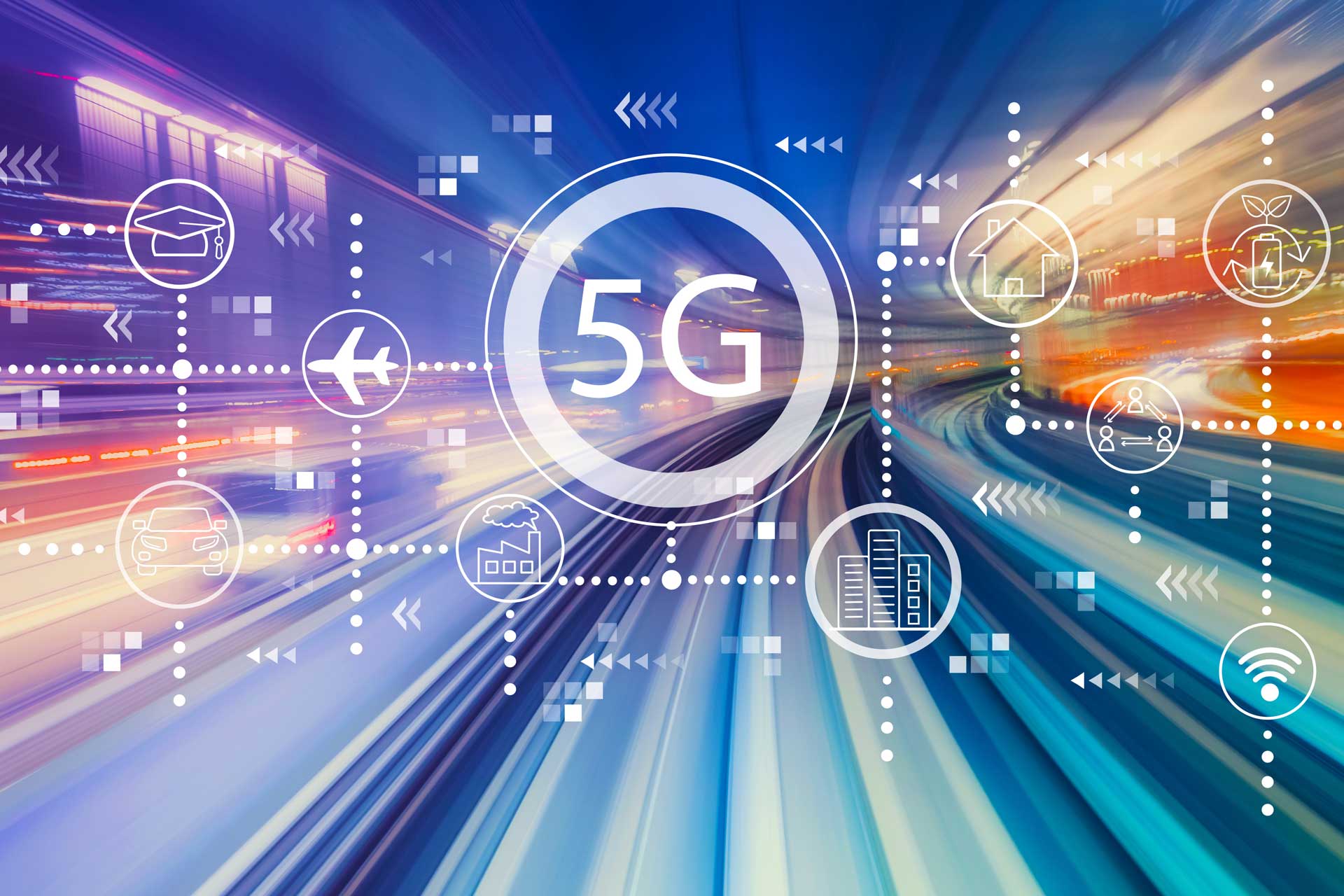
For years now, there has been a lot of discussion about the transformative powers 5G will have on manufacturing and the world. There have also been numerous discussions questioning whether its capabilities have been overexaggerated. As we enter year five of the discussion and transformation, it looks like 5G is taking hold, especially in large companies. Some sources even suggest that companies that don’t start planning for 5G will be at a significant competitive disadvantage in the future.
Admittedly, I am a CPA trying to talk future technology, so bear with me. To take this story forward, I took a step back to get my grounding. First, what is 5G? Literally, it stands for the fifth generation of cellular wireless technology. 1G allowed for voice. 2G allowed for digital voice. 3G allowed for data. 4G brought streaming. 4GLTE allows all the things up through 4G, but faster and better than ever before. Enter 5G, which appears to be a game changer that will take the world leaps and bounds ahead of where it is now.
With 5G, communication will be significantly faster (transmitting data 20x faster than 4G). Everything and everyone will be connected — more machines, objects, and devices (handling 100x more traffic) than ever can operate on the network and perform without issue, making it available to more users and more reliable. The delay in data traveling and an action occurring (latency) will be much lower, thanks to higher radio frequencies allowing data to be transported much faster. And, it supports wireless operations, allowing the imagination to run wild on configuring a shop floor. (Source: Stone, Mark. What Will 5G Cost My Business? Verizon.com.)
So, where does everything else – like IoT, edge computing, robots, augmented reality (AR), virtual reality (VR), automated guided vehicles (AGV), sensors, machine vision, and more – fit in? Wi-Fi just can’t handle all of it or maximize what their combined abilities are capable of; 5G can. It’s basically where everything is going to come together and be able to do all of the things we’ve been hearing about for years. What’s more, there will be more data available to help with decision-making.
As an end game, 5G is expected to transform how work gets done and data gets used, driving productivity, competitiveness, quality, cost savings, and profitability. It will impact virtually every aspect of the manufacturing process, from inventory tracking, facility security, warehousing and logistics inside facilities, and quality control to assembly, maintenance, safety, and even employee training.
In a 2021 study, the Manufacturing Institute learned, “Nearly all manufacturers (91%) believe 5G connectivity will be important to the overall future of their business, with three-fifths (61%) indicating it will be extremely important.” In addition, the study found companies expect 5G to deliver significant value to enable new applications, increase automation, enable AR/VR applications, enable use of mobile robots and AGV, redesign factory spaces and machines, allow for remote line of sight into operations, and decentralize decision making.
As reported by Accedian.com, “One of the most profound properties of 5G is the ability to allocate network capacity to private enterprises. This is network slicing. It gives enterprises the means to set up high speed, low latency connections in a self-contained environment.” The Accedian report includes Analysys Mason data indicating that by 2024 76% of manufacturers will adopt private 5G networks to improve network security, performance, and application.
Metrology News reports “By 2030, more than 50% of the major manufacturers will have 5G implemented on their shop floors.” What about the middle market? The high cost, infrastructure, and talent demands that accompany the move to 5G seem to put it out of reach, for now. Still, there are opportunities for more middle market and smaller manufacturers to upgrade infrastructure in preparation for 5G. For example, adopting multi-access edge computing (MEC) that enables ultra-low latency via wireless technology can be launched on LTE networks today and integrated with 5G later. (Source: Yee, Bernard. How Manufacturers Can Prepare for the 5G Revolution. ATT.com.)
Finally, as reported by RSMUS.com, “While today private 5G networks are not widely deployed in the middle market manufacturing space, we see this marketing growing as companies continue to integrate 5G use cases into their business and look toward digital innovation to maintain competitiveness in the market, offset staffing challenges, and deal with increased labor costs.”
Like I said at the start of this article, I am a CPA, not a technology person. So, please take this information for what it’s worth (and not as advice). However, as a CPA, the RBT CPAs team and I can help you explore potential tax credits for research and development, as well as other potential tax saving opportunities related to your investments in future technology. Interested? Give us a call because we believe we succeed when we help you succeed.
